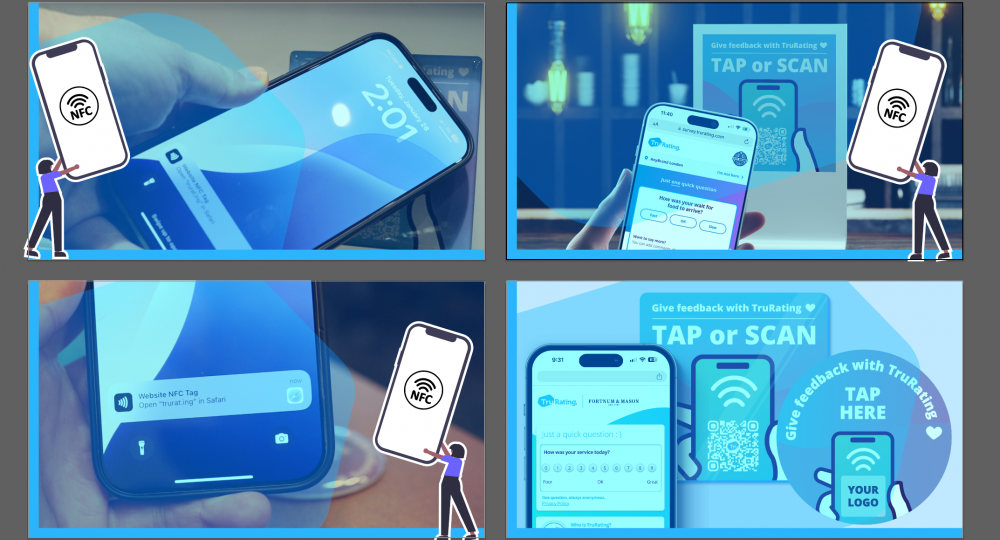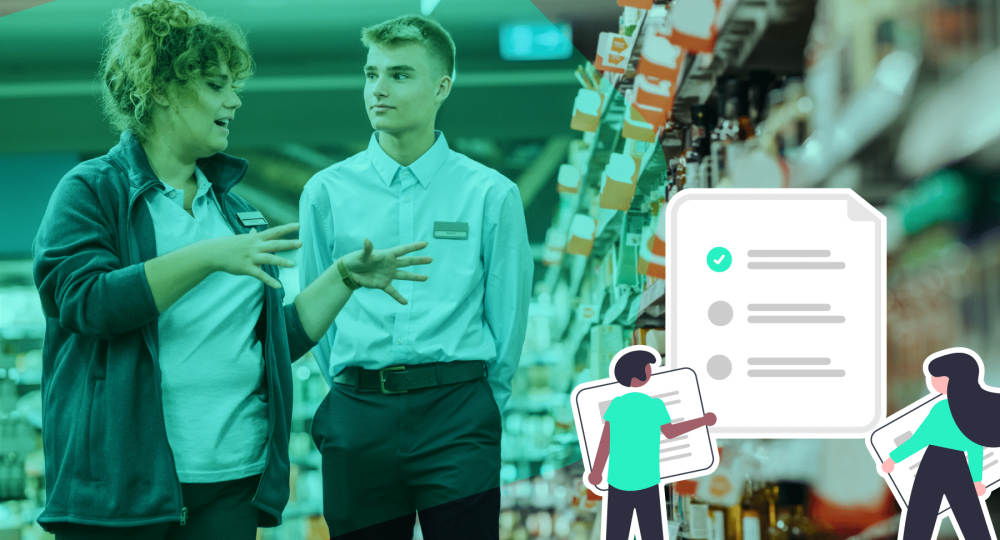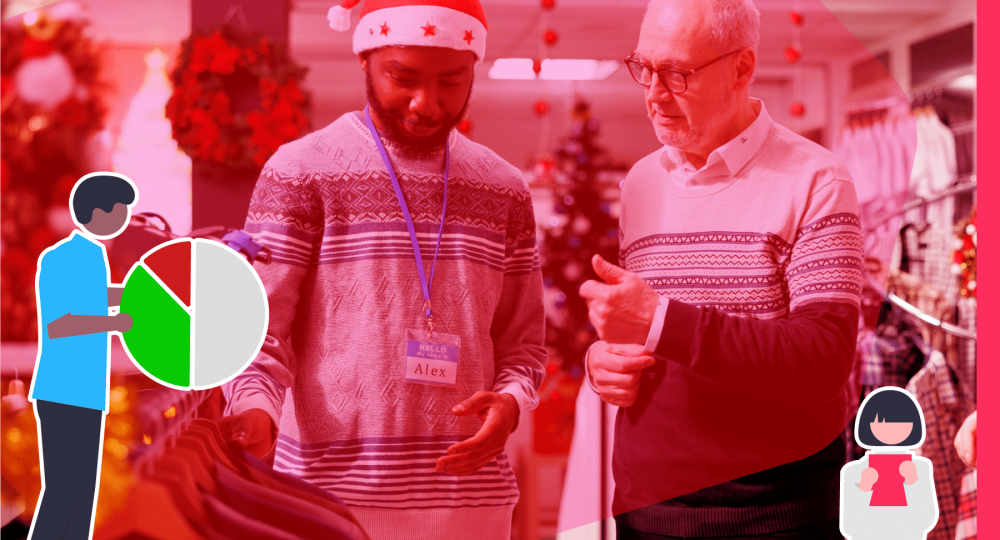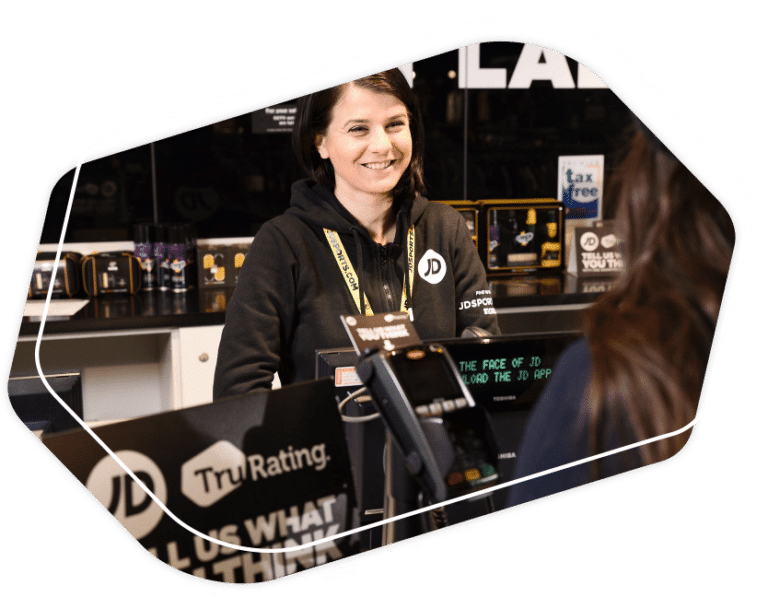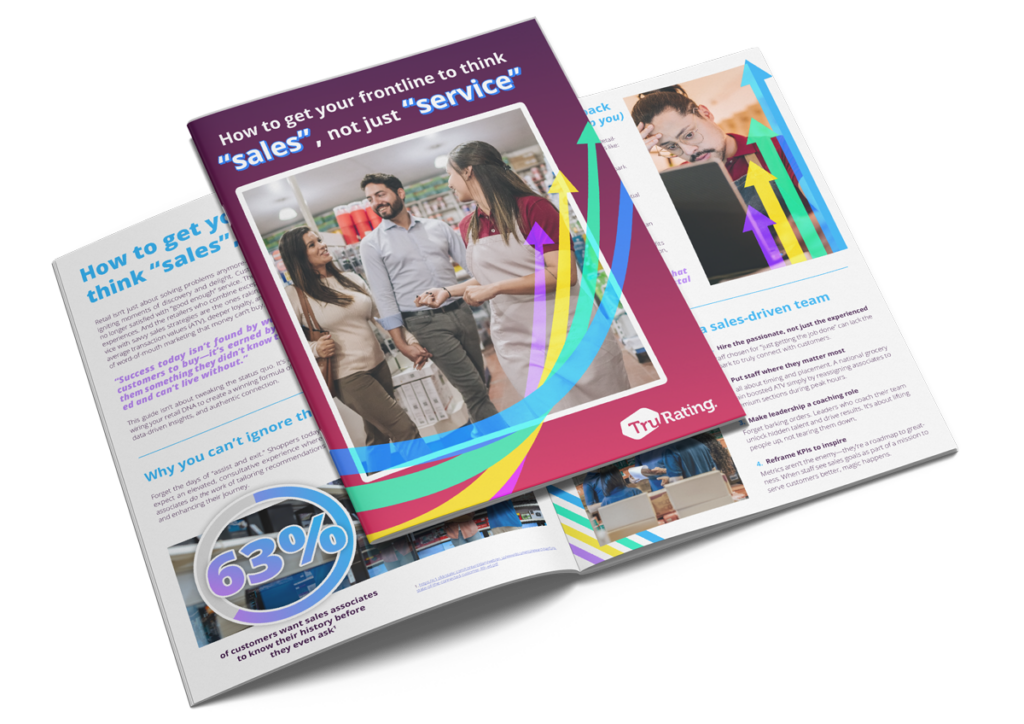Customer experience (CX) in retail has become essential for success in the industry. It’s no longer just about selling products; it’s about how customers perceive their interactions with your brand. In today’s competitive market, where customer expectations are constantly evolving, delivering exceptional experiences is vital.
While customer expectations are higher than ever, retail brands that fail to deliver exceptional experiences risk losing sales and loyalty. But improving CX isn’t just about making customers happy, it’s about driving real business growth. The challenge? Many CX professionals struggle to measure impact and prove ROI.
Our retail CX guide introduces a powerful, data-driven approach that top retailers are using to measure, analyze, and optimize customer experience. By gathering feedback directly at checkout and linking it to transaction data, you’ll gain actionable insights to improve your CX strategy and show measurable financial results.
Download Journey to Excellence in Customer Experience
Key takeaways
- Discover how to connect customer experience data with financial results to show clear ROI.
- Learn why gathering insights at checkout leads to higher accuracy and response rates than traditional survey methods.
- Understand how to embed CX insights into company culture (from store associates to leadership teams).
- Identify key staff behaviors that influence basket size and customer retention.
- See how top retailers are successfully linking CX efforts to sales growth.
Why this guide is essential for retail CX professionals
- Based on 500M+ real customer ratings and billions of transaction data points.
- Features insights from leading retail brands using CX as a competitive advantage.
- Provides actionable strategies to make CX a core business driver.
- Helps CX professionals gain leadership buy-in with clear, data-backed recommendations.
What is customer experience (CX)?
In its simplest form, customer experience in retail is how customers perceive their interactions with your company. It’s the feeling they get when they engage with your brand, whether browsing your website, shopping in-store, or contacting customer support.
For Augie Ray, Sr. Director of Analytics at Gartner, the answer to the question ‘What is Customer Experience‘ is not so much about finding shortcuts to common business objectives such as sales, ‘acquisition and revenue’, as it is about creating experiences your customer will love, that will make come back and create lifelong fans of your business.
Ray believes delivering a good customer experience should be measured based on the strategic intent behind your actions, rather than just the outcome. It’s important to have a customer-first mindset rather than just focusing on increasing profits.
While creating great customer experiences is crucial, if the only motivation behind your actions is financial gain, then you’re not really delivering on the promise of customer experience according to Ray.
What is the difference between CX and customer service?
Customer service is the help and support offered to customers when they have queries, problems, or worries. On the other hand, customer experience in retail covers the entire journey, starting from the first interaction to post-purchase engagement. It involves creating smooth and unforgettable experiences at every touch point.
How important is customer experience in retail?
According to research by Forrester, 72% of businesses say that customer experience is their main priority.”. Why? Because a positive customer experience can drive growth, enhance competitiveness, and boost revenue. Moreover, satisfied customers are more likely to become loyal advocates for your brand, leading to increased customer loyalty and positive word-of-mouth.
By aligning your strategic objectives with the concerns of your customers (e.g. staying true to authentic brand values, providing ethically sourced goods, driving emotionally positive experiences, etc.), you can create a retail CX strategy that delivers results and delights your customers.
What makes a good customer experience in retail?
Several key elements characterize a good customer experience in retail:
- Personalization – tailoring the shopping experience to individual preferences and needs.
- Convenience – making it easy for customers to find, purchase, and receive products or services.
- Consistency – providing a seamless experience across all touchpoints, whether online, in-store, or mobile.
- Engagement – building meaningful connections with customers through interactions and communication.
- Feedback – actively soliciting and incorporating customer feedback to improve processes and offerings.
Five examples of CX strategies in retail
1. Loyalty programs
Loyalty programs are a tried-and-true method for fostering customer loyalty and repeat business. With a loyalty program you can offer rewards, discounts, or exclusive perks to incentivize customers to return to your stores.
For example, a points-based system where customers earn rewards for every purchase encourages repeat visits and increases customer engagement. Additionally, personalized offers based on past purchase history can make customers feel valued and appreciated.
2. Improved checkout process
The checkout process is a critical touchpoint in the customer journey, and optimizing it can significantly impact the overall experience. By implementing various strategies to streamline checkout, such as self-service kiosks, mobile payment options, and contactless payment methods, you can reduce wait times and minimize friction points. This can help create a more efficient and enjoyable checkout experience for customers.
3. Unique store experiences
Creating memorable and immersive in-store experiences can differentiate your stores from competitors and drive foot traffic. You can leverage augmented reality (AR) and virtual reality (VR) to provide interactive shopping experiences.
For example, if you’re a furniture retailer, you could use AR technology to allow customers to visualize how a piece of furniture would look in their home before making a purchase. Additionally, hosting events, workshops, or demonstrations in-store can create opportunities for customers to engage with products and build brand affinity.
4. Digital integration
Integrating digital technologies into the retail experience is essential for meeting customer expectations. By leveraging mobile apps, chatbots, and social media platforms, you can provide personalized recommendations, offer customer support, and facilitate smoother transactions.
For example, if you’re a grocery retailer, you could develop a mobile app that allows customers to create shopping lists, find product locations in-store, and receive personalized promotions based on their purchase history. By embracing digital solutions, you can improve both convenience and accessibility for your customers.
5. Exceptional customer service
Exceptional customer service is a cornerstone of a positive retail customer experience. Investing in training programs can empower your staff to deliver exceptional service and exceed customer expectations. This includes providing product knowledge training, teaching effective communication skills, and emphasizing the importance of empathy and professionalism.
Additionally, you can implement omnichannel support options, such as live chat, email, and phone support, to provide timely assistance to customers across various touchpoints. By prioritizing customer service excellence, you can build trust, foster loyalty, and turn satisfied customers into brand advocates.
Supercharge your CX strategy with TruRating
As retailers strive to deliver exceptional customer experiences, real-time feedback becomes invaluable. TruRating’s POS feedback solution empowers businesses to gather actionable insights directly from customers at the moment of purchase.
By seamlessly integrating into your existing POS system, TruRating enables you to collect feedback on various aspects of the shopping experience, from product selection to staff friendliness.
With TruRating, you can:
- Measure customer satisfaction – gain immediate visibility into customer satisfaction levels and identify areas for improvement.
- Enhance operational efficiency – streamline processes and optimize resource allocation based on real-time feedback data.
- Drive customer loyalty – build trust and loyalty by demonstrating a commitment to listening and responding to customer feedback.
- Boost revenue – you can drive repeat business and increase revenue by delivering exceptional experiences that keep customers returning.
Join the ranks of leading retailers who are leveraging TruRating to revolutionize their customer experience efforts. Learn more about our POS survey solution or book a demo with our team.




